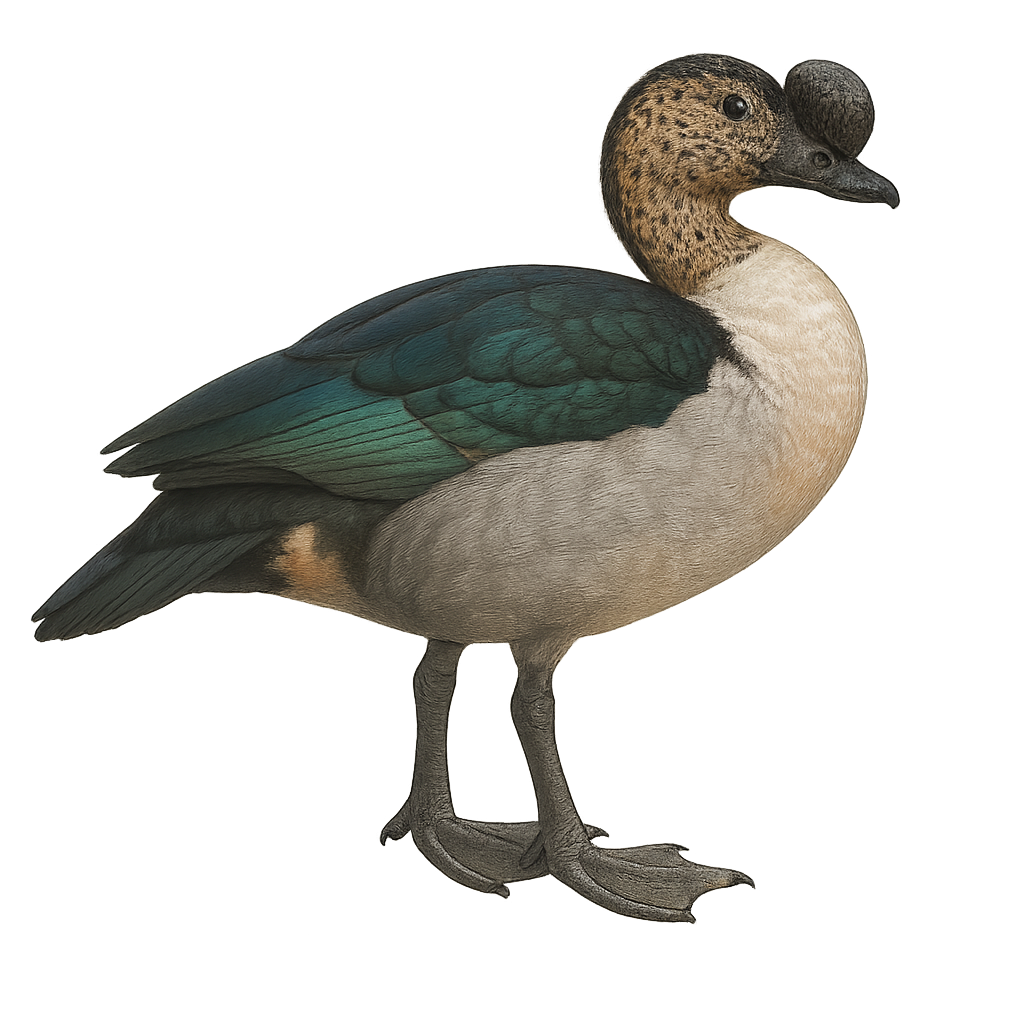Your wildlife photography guide.
Explore the comb duck in detail, study its behavior, prepare your shots.
Where to observe and photograph the comb duck in the wild
Learn where and when to spot the comb duck in the wild, how to identify the species based on distinctive features, and what natural environments it inhabits. The WildlifePhotographer app offers tailored photography tips that reflect the comb duck’s behavior, helping you capture better wildlife images. Explore the full species profile for key information including description, habitat, active periods, and approach techniques.
Comb Duck
Scientific name: Sarkidiornis melanotos

IUCN Status: Least Concern
Family: ANATIDAE
Group: Birds
Sensitivity to human approach: Tolerant
Minimum approach distance: 10 m
Courtship display: June to August
Incubation: 28-30 jours
Hatchings: June to September
Habitat:
Wetlands, lakes, rivers
Activity period :
Primarily active during the day, with peak activity in the morning and late afternoon.
Identification and description:
The Comb Duck, Sarkidiornis melanotos, is a medium-sized waterfowl easily identified by the prominent knob on its bill, particularly in males. It features a distinctive black and white plumage with metallic sheen on its wings. This duck primarily inhabits wetlands, lakes, and slow-flowing rivers in sub-Saharan Africa and South Asia. Social by nature, it is often seen in small groups. Its diet mainly consists of aquatic plants, seeds, and insects. Although generally tolerant of humans, it can become wary if disturbed. Conservation of its habitat is crucial for its survival, as it is vulnerable to environmental changes.
Recommended lens:
400 mm – adjust based on distance, desired framing (portrait or habitat), and approach conditions.
Photography tips:
To photograph the Comb Duck, aim for early morning or late afternoon to take advantage of soft lighting. Use a telephoto lens of at least 400mm to capture details without disturbing the bird. Maintain a safe distance of about 10 m to avoid scaring it. Be patient and wait for it to feel comfortable to get natural shots. Wetlands often provide an ideal setting for captivating photos, so explore different angles and compositions.
The WildlifePhotographer App is coming soon!
Be the first to explore the best nature spots, track rutting seasons, log your observations, and observe more wildlife.
Already 1 432 wildlife lovers subscribed worldwide

